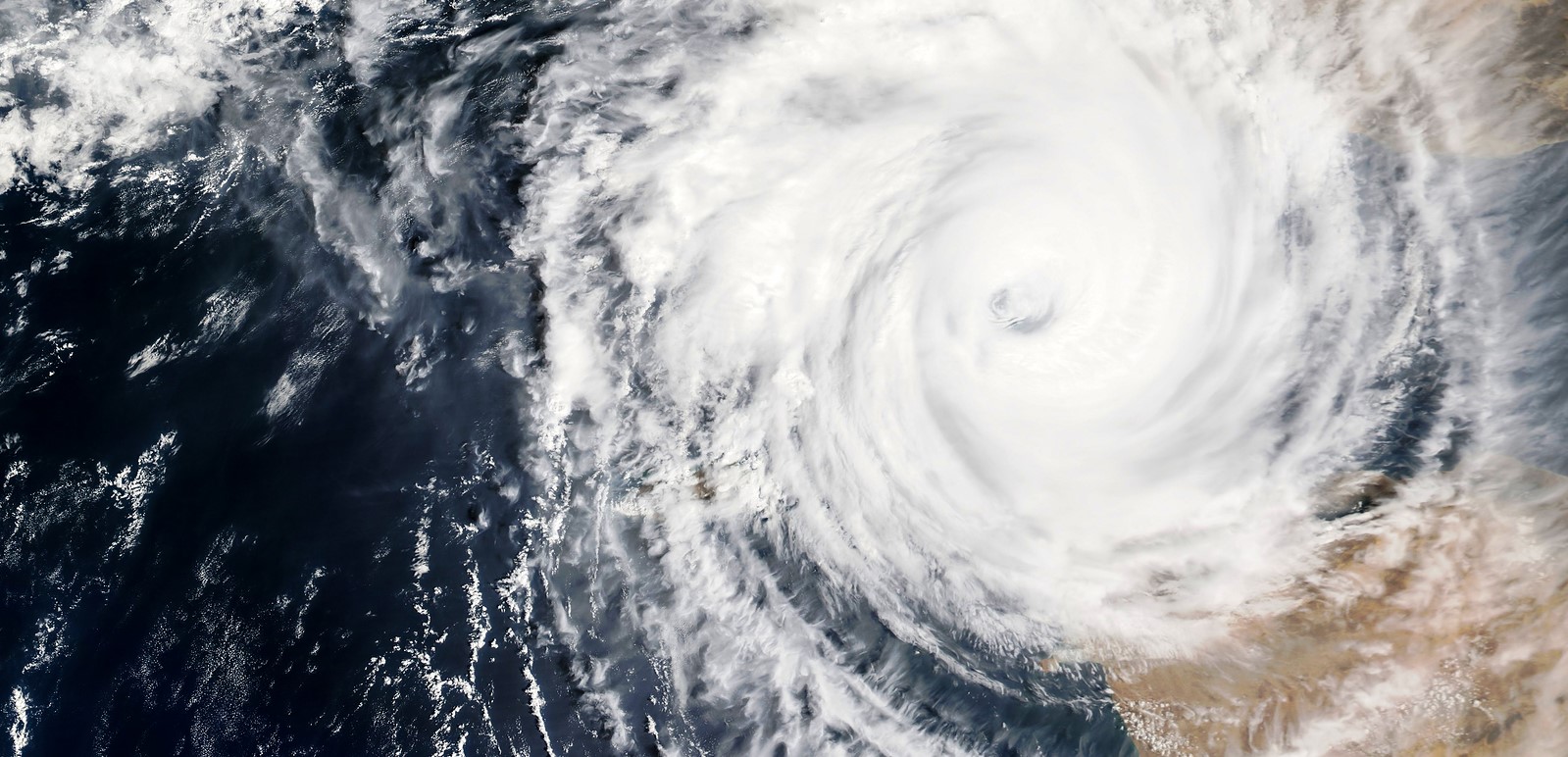With plentiful online resources and expert assistance available to businesses, the time to prepare for hurricanes, winter storms and other business-ending disasters is now

National Preparedness Month (NPM), September 1 – 30, is an awareness program organized by the Federal Emergency Management Agency (FEMA) to help individuals, families, businesses, and other organizations prepare for all kinds of disasters. The 2014 National Preparedness Month theme is: “Be Disaster Aware, Take Action to Prepare.” Since it’s also hurricane season on the East Coast, September is a good time to consider your own business continuity and disaster recovery plans.
Here’s what you’ll learn from this article:
- There’s lots of help and information available
- More risks than you thought can threaten a business
- It takes commitment and financial support to be prepared
- Investing in a preparedness program is important for several reasons
- Insurance does not cover all of the disaster business risks
- Developing a preparedness policy is the first step
- IT systems are a critical resource that many businesses cannot survive without
- eMazzanti can help
Useful Disaster Planning Resources for Business
A number of useful resources are listed on the NPM page and www.ready.gov, which has a special section for business preparedness.
The business section presents the key elements of program management, planning, implementation, testing and program improvement. Though geared towards larger organizations in its terminology and scope, small businesses will find the information useful as well.
Disaster Preparedness Links for Business
- www.ready.gov/business
- www.preparemybusiness.org
- www.fema.gov/small-business-toolkit
What is a Disaster?
The SBA lists a number of risks that can threaten a business and employees in its Risk Assessment found at PrepareMyBusiness.org, including:
- Power outage
- Lost access to building
- Critical equipment failure
- Phone/Internet outage
- Fire, Tornado, Flood and Earthquake
- Hurricanes/seasonal storms
- Employee absenteeism
- Pandemic (flu)
- Transportation strike
- Explosion/spill
- Terrorism
The assessment asks businesses to consider the likelihood and severity of each risk as well as the supply chain effects of disasters. Critical equipment for nearly every business includes servers, networks, heat and A/C systems.
Business Continuity and Disaster Recovery
Business continuity includes the planning and preparation intended to ensure the continuous operation of critical business functions when disasters or events might otherwise interrupt them. Disaster Recovery is the effort to rebuild infrastructure and restore business operations after the disaster has passed.
You can boost your organization’s ability to recover from a disaster or unexpected event and quickly resume operations with these essential business continuity services:
- Business continuity planning, and training
- Monitoring of key metrics including recovery time
- Creating a disaster recovery committee with auditor
- Proper documentation
- Support strategies
- Communication
- Personnel backup
With comprehensive business continuity and disaster recovery services from eMazzanti, you can rest easy knowing your business critical data is protected. By having prepared for the worst, your business can operate at its best.
Program Management
The ready.gov/business site discusses the essential elements of effective disaster preparedness program management. The site explains that a successful program is built on a foundation of leadership, management commitment and financial support.
Reasons why investing in a preparedness program is important:
- Up to 40% of businesses affected by a disaster never reopen.
- If delayed, customers may go to a competitor.
- Business may be lost to competitors who can demonstrate they have a plan.
- Insurance does not cover all losses and it will not replace customers.
- Many disasters may overwhelm the resources of public agencies.
- Businesses need to reach out to customers and others quickly.
Regulations establish minimum preparedness requirements, but each business needs to determine its own risk tolerance. Here’s a key point that must not be overlooked:
“Many risks cannot be insured, so a preparedness program may be the only means of managing those risks.”
Insurance takes too long to get critical IT business systems operational before sales and customers are lost. Investing in business continuity planning and disaster recovery systems and equipment are the only way to minimize those losses.
Develop a Policy
Business leaders should develop a preparedness policy to define roles, responsibilities, goals and objectives of their program. Typical goals of a business preparedness program include:
- Protect the safety of employees, visitors and others
- Maintain customer service by minimizing disruptions
- Protect facilities, physical assets and electronic information
- Prevent environmental contamination
- Protect the organization’s brand, image and reputation
Key employees should be organized to guide the development of the preparedness program and communicate the plan to employees. The program should be reviewed periodically to ensure it meets the current needs of the business.
The amount of information to process and number of decisions to be made may seem overwhelming. But, getting started with a policy is the first step to a successful program.
The Critical Role of Information Systems
Nearly all businesses depend on their computer systems and networks to function. If those are knocked out by a disaster, the business may remain closed until they are restored. On the other hand, if backup IT resources can be arranged ahead of time, the business may be able to re-open quickly, before on-site facilities and equipment are repaired.
Selecting the right IT vendor for disaster prevention and recovery services can determine how soon a business re-opens, if at all, following a disaster. Hundreds of businesses in the path of Hurricane Sandy failed to re-open for weeks or months. However, 100% of eMazzanti’s customers were back up and running within 72 hours of Hurricane Sandy’s devastating landfall!
“Reopening the doors quickly is the key to surviving a disaster. In the days leading up to Sandy every employee worked tirelessly checking backups and preparing customers to reopen as soon as possible,” explained Jennifer Mazzanti, president, eMazzanti Technologies.
eMazzanti’s excellent disaster recovery performance was achieved by preparing their customers, and themselves, with failsafe backup, cloud and virtualization technologies and services.
Start to Prepare Now
September is National Preparedness Month and also falls in the middle of hurricane season. Regardless of the month, experts say that you should be prepared for natural and man-caused disasters that may strike a business at any time.
So, “be disaster aware and take action to prepare” by starting the process today. Let eMazzanti weatherproof your business with a customized business continuity plan that minimizes downtime, service disruption, and lost revenue. You’ll rest easy knowing your business is protected with a seamless cloud-based recovery solution that grows as your business grows.
Watch Disaster Recovery.













